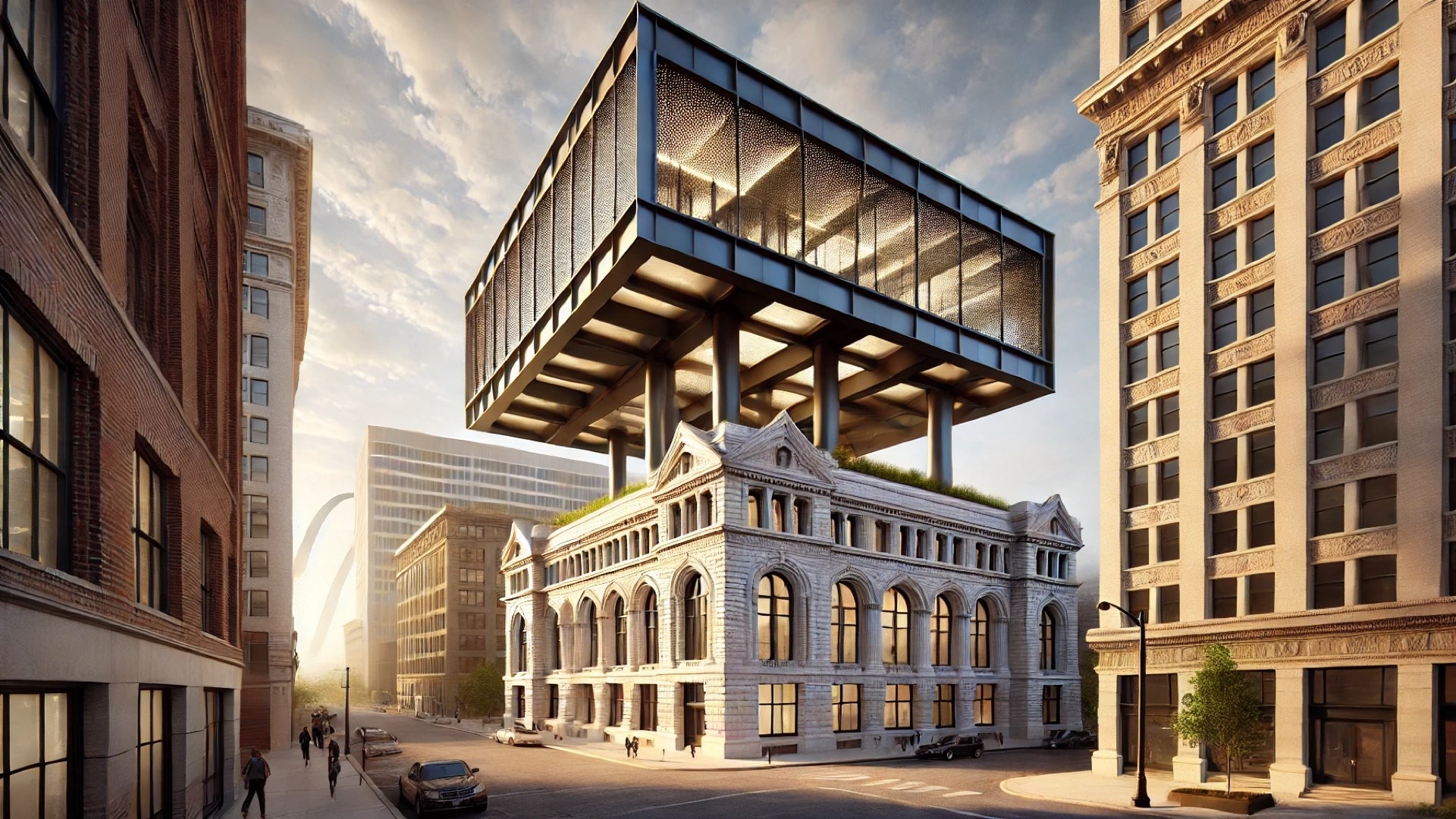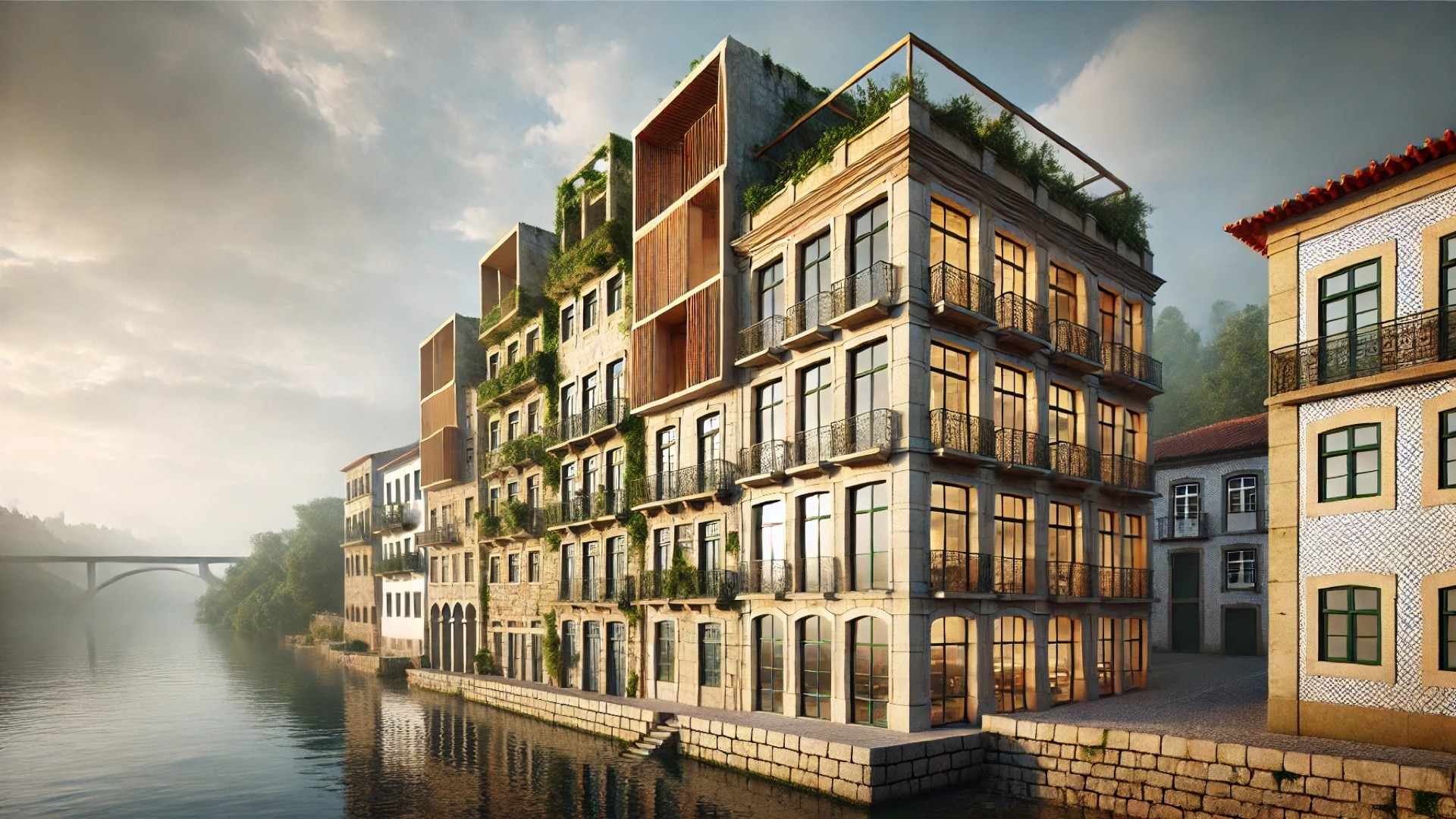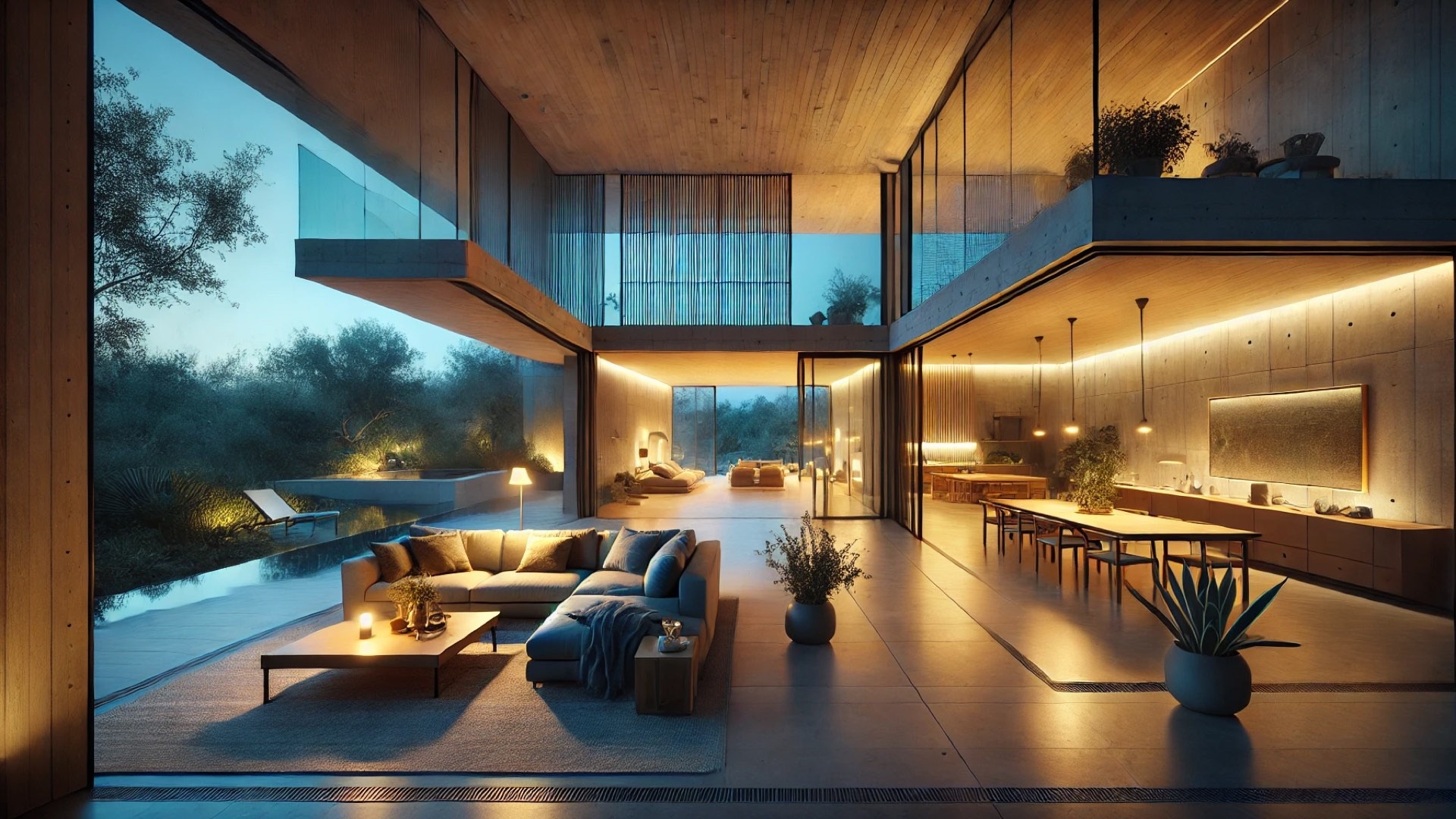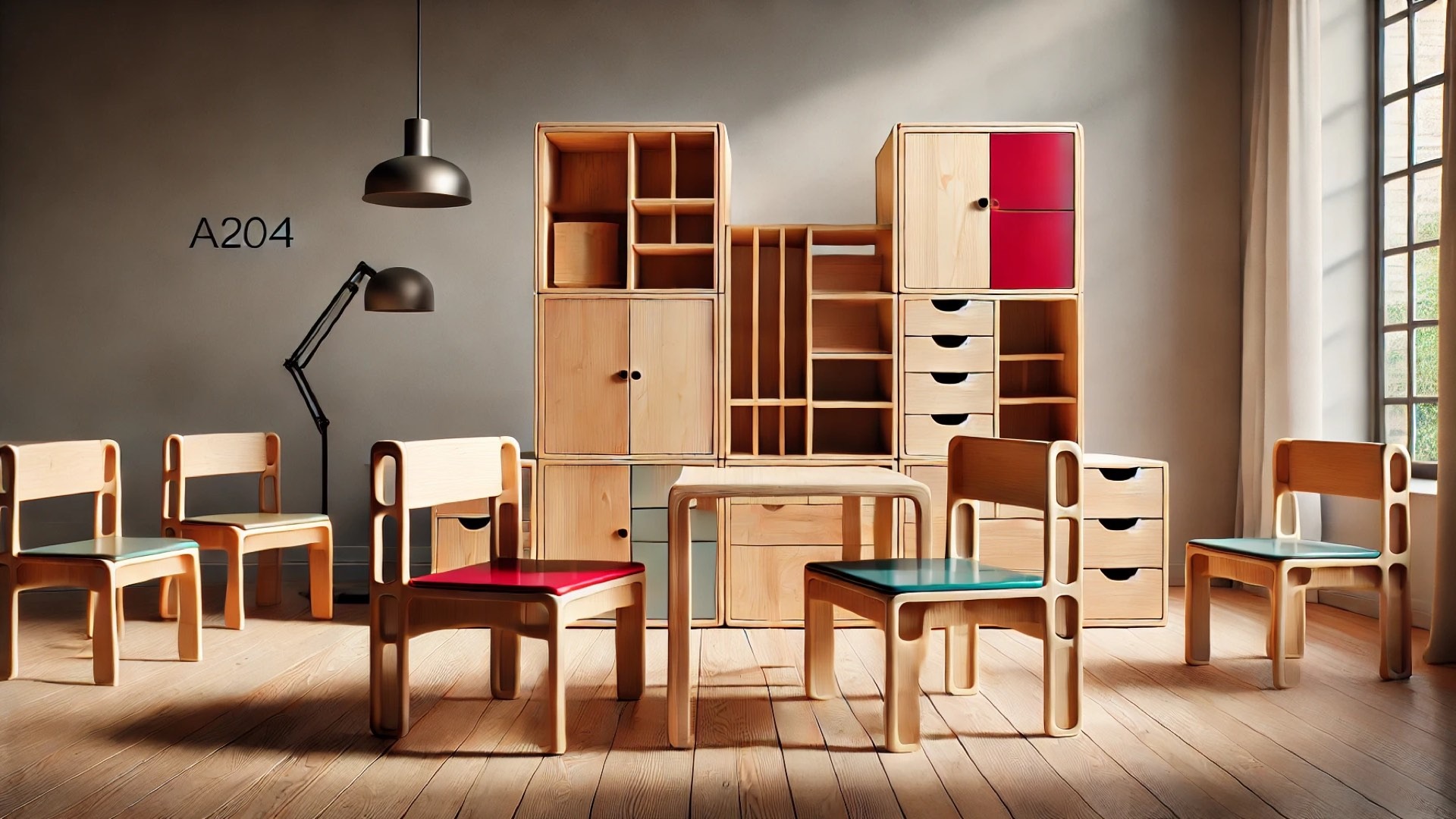
Reimagining St. Louis: A Harmonious Blend of Old and New
In the heart of St. Louis, where history intertwines with innovation, a remarkable architectural vision is coming to life above the remains of the century-old Columbia Building. Designed by Studio Yione, led by the talented architect Yi Wang, this proposal introduces a stunning office space that floats gracefully above the building's historic base, breathing new life into a cherished landmark.
Preserving History While Embracing the Future
The Columbia Building, designed by the renowned Isaac Taylor and completed in 1892, once stood as a majestic nine-story Romanesque structure that chronicled the vibrant growth of St. Louis. However, after suffering from economic decline and a tragic reduction in scale in 1976, its legacy seemed to wane. With Fluxwork, there’s a renewed commitment to honoring this architectural history while moving forward into a data-driven work environment.
The new addition is not merely an office; it’s a bridge that connects the past to the future. The design features a cantilevered structure supported by slender columns, allowing for a visual dialogue between the immovable solidity of the Columbia's base and the floating elegance of the workplace above. This juxtaposition showcases a deep respect for historical architecture while boldly envisioning a modern work paradigm.
Performance and Aesthetics in Architectural Design
Part of the genius behind Fluxwork lies in its thoughtful material choices. Studio Yione employs a performance-responsive design that not only captivates visually but also optimizes utility. High-strength steel columns and a reinforced concrete elevator shaft bolster the structure, while the exterior is draped in stunning perforated metal panels. These panels are not just for aesthetics; they filter sunlight, creating a playful interplay of light and shadow that adds a delicate touch to the overall design.
Inside, the balance of exposed structural elements against warmer wood finishes provides a rich sensory experience. The interiors are designed for flexibility, allowing spaces to adapt to both collaborative efforts and individual focus-driven activities. This responsiveness is particularly appealing to modern companies looking for dynamic work environments that respond to their specific needs.
A Green Space Above the City
In a city often bustling with noise and activity, the rooftop garden included in Fluxwork promises to be an oasis of tranquility. This outdoor space not only enhances the aesthetic allure but also encourages employees to step outside, breathing in fresh air and finding reprieve from their work tasks below. Nature-infused spaces can lead to higher productivity and enhanced well-being, creating a harmonious balance between work and relaxation.
The Future of Work and Design
At the core of Fluxwork is a commitment to innovation. Utilizing behavioral simulations and network analysis, the design anticipates the evolving nature of work, providing adaptable spaces that can shift with organizational needs. This approach to flexibility represents a crucial evolution in workplace design, aligning with the broader trends towards data-driven environments that prioritize user experience and efficiency.
Embracing Change with a Sense of Place
For St. Louis residents, the revitalization of the Columbia Building is more than an architectural project; it represents a commitment to preserving the richness of the city’s history while embracing progressive values in work settings. The Fluxwork office addition doesn’t just stand out in isolation but integrates seamlessly into the urban fabric, offering a model of adaptive reuse that resonates with modern sensibilities yet honors its past.
As we reflect on this innovative project, it becomes evident that Fluxwork is more than just an office space; it’s a testament to the enduring power of architecture to shape our experiences and the environments we inhabit. As cities evolve and workplaces transform, the approach taken here serves as an inspiring example of how to honor our heritage while paving the way for a new architectural future.
 Add Row
Add Row  Add
Add 




Write A Comment